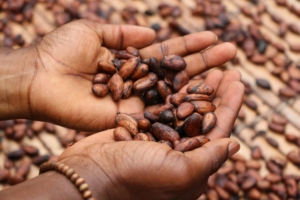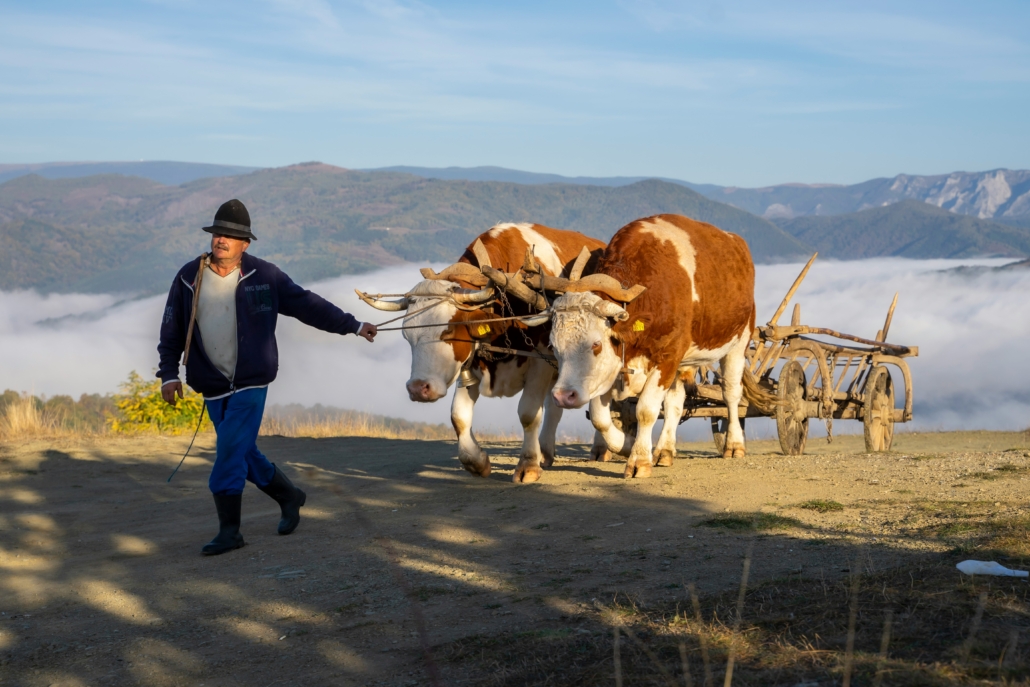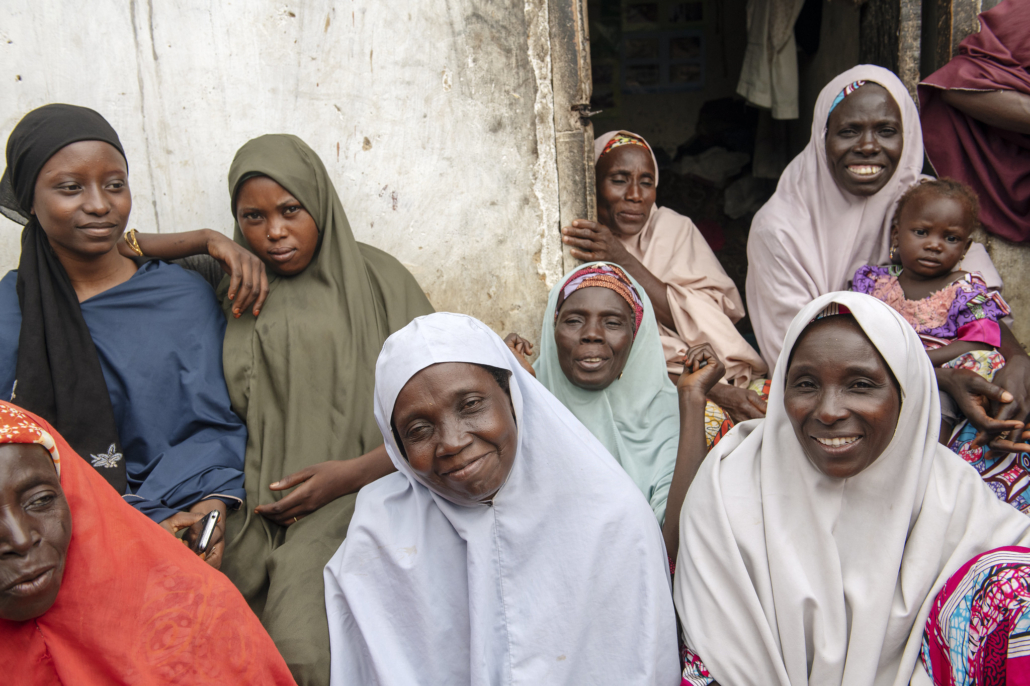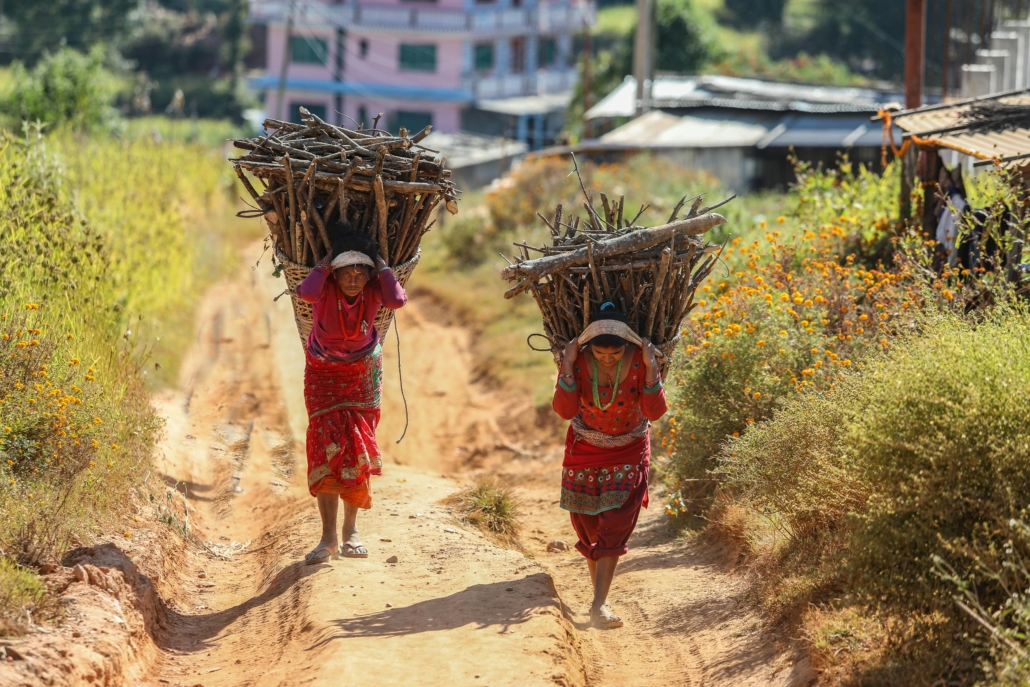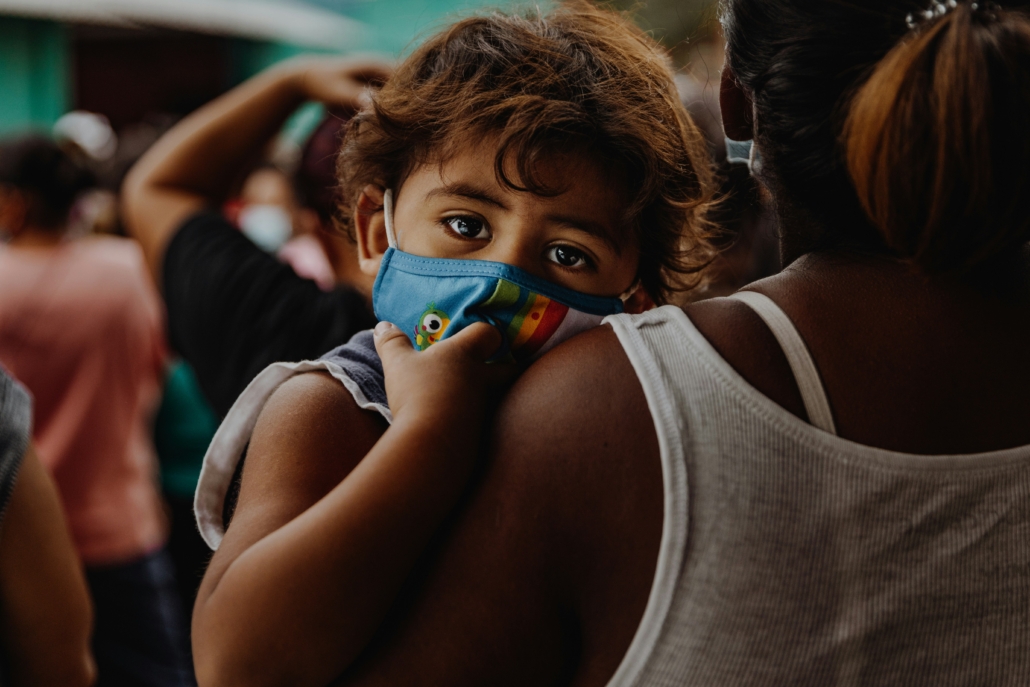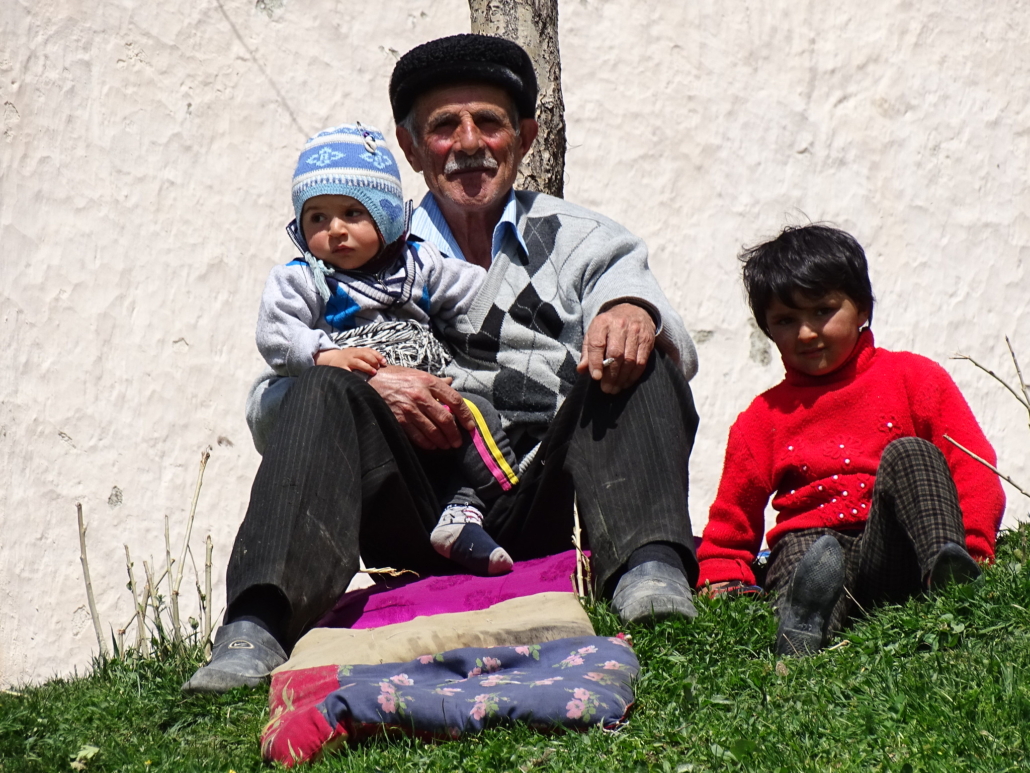

This correlation provides opportunities for charitable organizations to partner with supermarkets and popular outlets of Christmas spending. Here are a few examples of how Christmas shopping is relieving poverty:
One for One Schemes
These schemes, whereby an organization also does charitable work for every Christmas shopping item purchased, are highly effective at relieving poverty. This incentive encourages people to buy from these companies, especially during gift-giving seasons. The IKEA Foundation has run a particularly successful initiative called Soft Toys for Education throughout the Christmas period since 2003. It partners with UNICEF and Save the Children, two of the largest global organizations supporting children in poverty.
In this scheme, for every soft toy or children’s book purchased from the participating IKEA stores, the company donates $1.34 to education programs run by the partnered organizations. This is an excellent example of how Christmas shopping relieves poverty. This collaboration makes use of the spike in sales IKEA sees over Christmas.
It provides an additional incentive to buy typical Christmas presents like books and toys. Since starting this program, the IKEA Foundation has donated more than $50 million, which has helped support more than 11 million children.
Second-Hand Shopping
Due to factors such as rising cost-of-living, sustainability and environmental care, second-hand shopping is on the rise. Charity shops, such as OXFAM’s, see increased sales around Christmas, rising more than 40% the week before Christmas in 2022. These organizations rely on money spent in their shops to finance overseas programs and humanitarian work. Their shops sell ideal gifts or household items for Christmas, such as clothes, books, toys, decorations and furniture, for a fraction of the price they’d be sold for as new.
This makes second-hand shops an ideal and accessible option for Christmas shopping. The money raised from these will be spent on providing lifesaving emergency aid, supporting long-term projects to improve the quality of life and campaigning to address inequality. This means there is a significant moral incentive to buy second-hand materials.
Lush’s Charitable Efforts
Lush, a company well known for its charitable efforts and advocacy for human rights and environmental care, is one of the most ethical businesses demonstrating how Christmas shopping relieves poverty. Its sales rose significantly during this period, reaching more $40 million in December 2022.
One of the many charitable schemes Lush runs is called Charity Pot, the name of a moisturizing product that raises money for charity with every sale. All proceeds from Charity Pot products go to the Charity Pot Fund, which is then distributed as grants to nonprofit organizations. The Charity Pot has been sold in 42 countries, raising more than $65 million, which has been allocated to a wide range of causes.
These include more than 150 peace-building and anti-war initiatives, more than 800 campaigns supporting migrants and refugees and more than 250 projects supporting Indigenous peoples. These grants prioritize causes that aim to create sustainable and long-term systemic change.
The participating organizations are spread across the globe and are predominantly run by volunteers, making these grants incredibly impactful for their causes.
Checkout Donations
One of the easiest ways millions of people can help combat poverty during Christmas is by using the charity donation option at tills. Many shops reinforce this option or allocate the proceeds to specific charities over the holidays. It’s a convenient choice for most consumers, as the donation amount is usually just a few cents to round the total to the nearest dollar, often preventing unwanted change.
This method has proven to be an incredibly effective way of raising money for charity. For example, customers of The Body Shop have raised more than $460,000 for the United Nations High Commissioner for Refugees (UNHCR) through donations at both online and in-store checkouts. These donations have supported the organization’s mission to save lives and build better futures for millions forced to flee their homes.
Final Remarks
There are many ways in which partnerships between charities and retailers are helping people in need, most of which involve schemes for donations. These rise around Christmas time due to the massive number of people participating in shopping and the emotional elements of Christmas that make people likely to feel generous. There is a large market for charity at this time of year, one that helps people immensely globally.
– Abigail Gadsden
Abigail is based in Kent, UK and focuses on Good News and Celebs for The Borgen Project.
Photo: Unsplash
